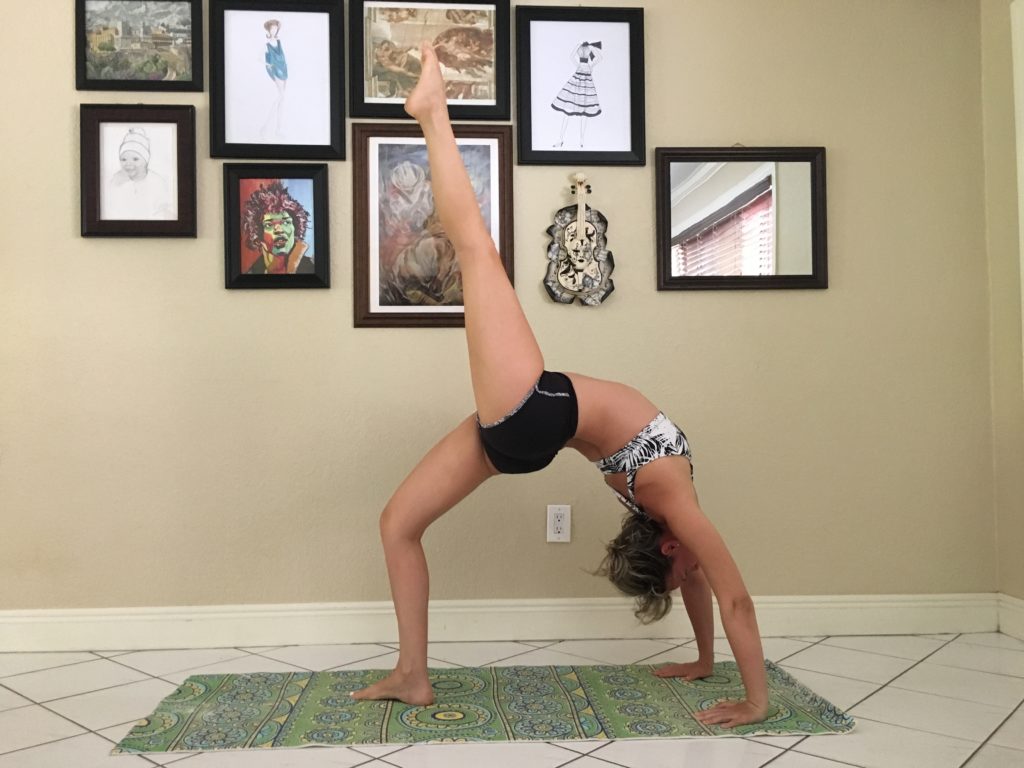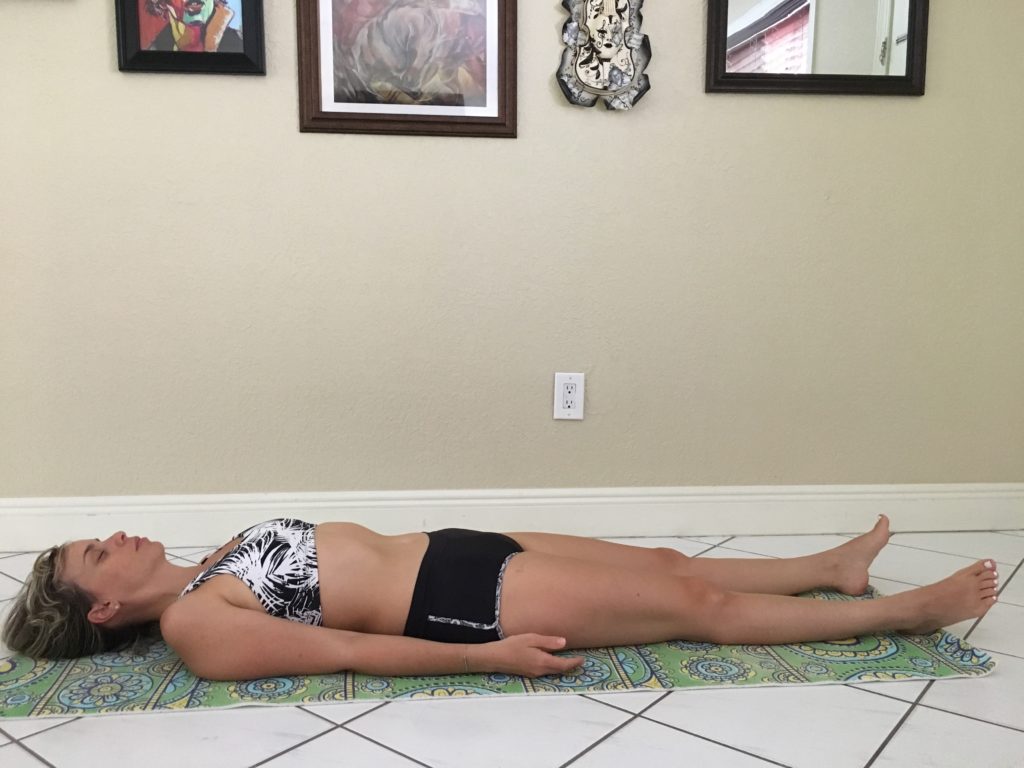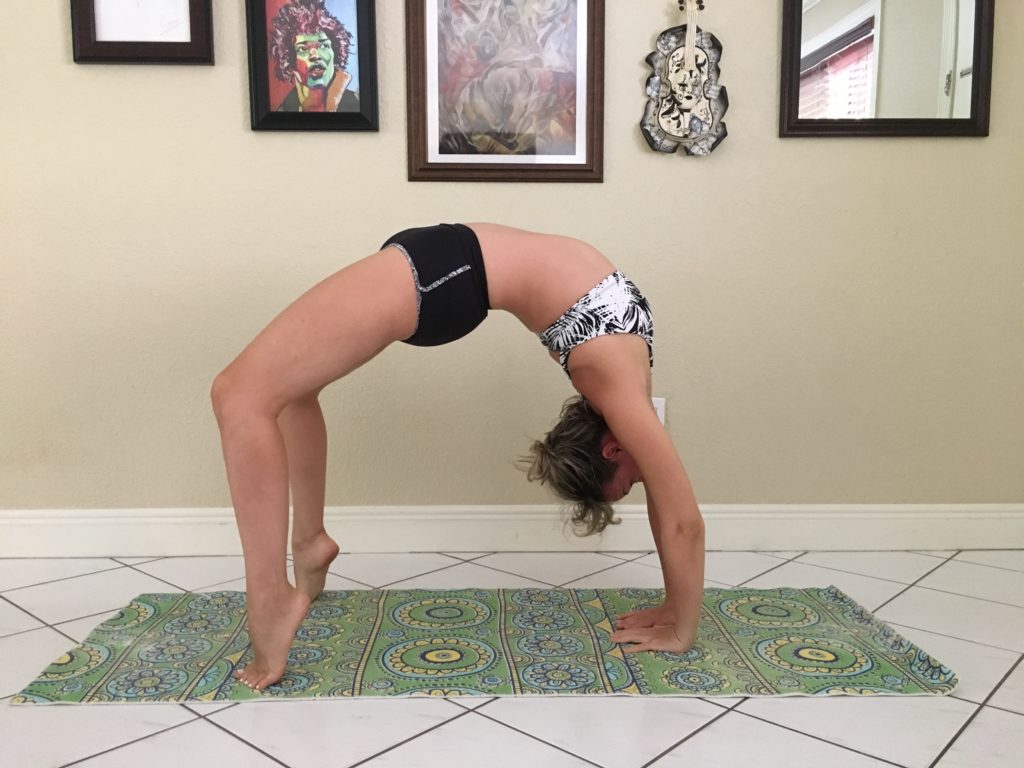
English version is down below
Hace un par de semanas compartí con vosotros un artículo muy interesante sobre los beneficios de la práctica de yoga en nuestra vida
diaria para afrontar las situaciones de crisis, depresiones y desesperación. (AQUI) Hoy comparto con vosotros una de las tres enseñanzas más importantes del yoga para aprender a guiarnos a través de estas situaciones.
Primera
enseñanza:
Honrar la noche oscura del alma como un ritual de aprendizaje. ( Se conoce como Noche oscura del alma, los momentos de depresión, angustia, tristeza)
Con nuestro fuerte y legítimo énfasis de positividad, el valor de la desesperación o desesperanza es con frecuencia olvidado en las presentaciones modernas de yoga. Cuando enfrentamos un período de oscuridad cuando estamos practicando yoga o algún otro camino espiritual, puede llegar a ser desconcertante. “Esto no debería pasarme a mi” podríamos pensar, sintiéndonos confusos, avergonzados o incluso defraudados por esta práctica. Muchas veces solemos no hacer caso a nuestras crisis, escudándonos en la psicología y espiritualidad fácil con mantras como “Piensa en positivo”, “Supéralo” “Déjalo ir”, “Elige la Felicidad”
Ciertamente este tipo de lucha, no es algo que nos guste desearle a nadie, por esa razón, la primera enseñanza es que las crisis no es algo que debemos temer, por el contrario debemos verla como un regalo. Replanteándonos la oscuridad del alma, podemos hacerla parte de nuestro viaje a través del yoga, como una manera de crecer espiritualmente y observar los problemas desde la raíz, buscando la causa de esa emoción.
Segunda enseñanza:
Rendirnos a la necesidad de control.
Durante la noche oscura del alma, la historia personal que hemos vivido comienza a desintegrarse, provocando que lleguemos a cuestionar el sentido de nosotros mismos. Esta desintegración de nuestra historia puede llegar a ser, desoladora, y crearnos desorientación e incluso enfado. Cuanto más luchamos contra las circunstancias de la vida, nos damos cuenta, que mientras más nos aferramos a nuestra historia rota, más se intensifica nuestra experiencia de sufrimiento asociada con el tiempo, miedo, lamentaciones, confusión. El miedo es sufrimiento asociado con el futuro, lamentaciones con el pasado y la confusión con el presente. Una de las deficiones de Krishna (AQUI) de yoga es el romper la conexión con el sufrimiento. En las primeras fases Krishna le recuerda a Arjuna que cualquier dolor que él esté experimentando debe dejarlo ir. Como el calor y el frío, estas sensaciones no son permanentes y han sido creadas por nuestra implicación con el mundo y la sociedad. El sabio aprende a soportar estas sensaciones, sin que éstas le distraigan en su crecimiento espiritual.
Krishna hace una explícita distinción entre el dolor y el sufrimiento. El dolor es una parte inevitable de la vida, el sufrimiento sin embargo es nuestra respuesta mental al dolor. Es la historia que creamos alrededor de nuestra experiencia. El dolor es inevitable, el sufrimiento es opcional. Krishna explica que podemos trabajar con el dolor hábilmente, eliminando nuestra fuerte resistencia mental hacia él. Esta maravillosa aceptación del dolor, lo libera, desintoxicándonos y facilitando una transformación más poderosa.
La práctica de decir “Si” a la vida, aceptando las cosas como son, es representado en el yoga con la postura Shavasana, la postura del cadáver. En esta postura, el alumno se acuesta boca arriba con los brazos a los lados del cuerpo en un estado de completa aceptación. Si el cadáver pudiese hablar, te aconsejaría ” Deja ir la resistencia y la previsión de las cosas. Deja ir las historias y las identificaciones que tienes con la sociedad. Sé tu mejor amigo y por encima de todo nunca olvides que eres el hijo del universo, mucho más que las estrellas y los árboles, tú mereces estar aquí. Estás protegido y apoyado”
Tercera enseñanza:
Confía en tu guía interna
Mientras atravesamos la noche oscura del alma es fundamental confiar en nuestra guía interna. La noche oscura del alma es un momento para prestar menos atención a la incesante conversación en nuestra mente y por el contrario prestar toda la atención a la voz del maestro universal que todos llevamos dentro. El maestro universal adopta diferentes formas durante nuestra vida y de esta manera nos guía hacia la plenitud de nuestro mayor potencial a través de la práctica del yoga. Escuchar a nuestra guía interna requiere de una quietud interna y de un corazón abierto y dispuesto y un genuino deseo de honrar la verdad sin importar de que manera se revele.
Estas enseñanzas nos ayudan a ver las crisis personales como un proceso natural y un rito sagrado, a dejar ir nuestra necesidad de controlarlo todo en nuestras vidas y a centrar nuestra atención hacia dentro y confiar en nuestra guía interna. Si logramos hacer esto durante las crisis personales, se reducirá nuestro sufrimiento sin duda alguna. Este acto profundo de bondad hacia nosotros mismos creará un espacio sagrado para obtener la sabiduría del yoga. Nos puede ayudar a desarrollar cualidades divinas, a los que Kishna llamo “El patrimonio de dioses y diosas”
Espero os haya gustado este artículo y sobre todo os sirva para aprender a atravesar estas situaciones de la mejor manera posible, sacando siempre una enseñanza.
Compartíd en vuestras redes sociales si os ha parecido interesante y suscribiros a nuestra newsletter.
Os envío muchos besos y mucho amor
Alba X Mylovelypeople

Some weeks ago I shared with you all a great article about the benefits of practicing yoga to get through crisis and despair (HERE). Today I would like to continue with this subject and give you three teachings on how to navigate crisis.
The first teaching:
Honor the dark night as a rite of passage
With our strong and legitimate emphasis on positivity, the value of despair is often forgotten in contemporary presentations of yoga. As such, coming to face a period of darkness when we’re practicing yoga or a spiritual path might feel bewildering. “This shouldn’t be happening to me” we may think, feeling confused, ashamed or even let down by our practice. At times we may attempt to dismiss or invalidate our despair by taking shelter in pop psychology and easy spirituality with mantras such as “Think positively”, “Get over it”, “Let it go”, “Choose happiness”
Struggle is certainly not something we would wish on anyone, yet, the first teaching is that crisis is not something to fear, it can be a gift. By reframing darkness, we can make it part of our yoga journey.
The second teaching.
Surrender the need to control
During a dark night of the soul, the personal narratives we’ve lived by begin to fray at the seams, causing us to question our sense of self. This disintegration of our story can be isolating, disorientating, even enraging. As we struggle to navigate life’s circumstances, we come to see that the more we cling to our broken narrative the more intensely we experience suffering associated with time, fear, lamentation and confusion. Fear is suffering associated with the future, lamentation with the past, and confusion with the present.
One of Krishna’s definitions of yoga (HERE) is breaking the connection with suffering. Early on, Krishna reminds Arjuna that whatever pain he’s experiencing is sure to pass. Like heat and cold, these sensations are impermanent and are born of our engagement with this world and society. The wise learn o endure these sensations, without being distracted by them.
Krishna is making an implicit distinction here between pains and suffering. Pain is an unavoidable part of life. Suffering, however, is our mental response to pain. It’s the story we create around our experience. Pain is inevitable, suffering is optional. As Krishna explains we can work with pain skillfully, by removing our strong mental resistance to it. This graceful acceptance of pain releases it, detoxifying us and facilitating a powerful transformation.
The practice to saying “Yes” to life, of allowing what is to be, is represented in yoga by Shavasana, the Corpse pose. In this pose, the yoga practitioner lies on her back with her arms at her sides in a state of complete acceptance. If Corpse pose could speak, it might advise: “Let go of projection and resistance. Let go of your stories and identities in this world. Be your own best friend. Above all, never forget that you’re a child of the universe, as much as the stars and the trees, you deserve to be here. You’re protected and supported”
The third teaching.
Trust you inner guide.
In traversing a dark night of the soul, trusting our inner guide is essential. The dark night of the soul is a time to pay less attention to the relentless chatter of the mind, and instead to listen out for the voice of the Universal Teacher within us. The Universal Teacher assumes different forms in our life to lead us towards the fulfillment of our highest potential through yoga. Hearing our inner guide requires an inner stillness, an open-hearted willingness known as “surrendered listening” and a genuine desire to honor truth in whichever way it reveals itself.
This three teachings help us to view a personal crisis as a natural process and a sacred rite of passage, to let go of our need to control life, and to turn our attention inwards and trust our own inner guide. If we can do this during personal crisis, it will reduce our suffering. This act of deep self-kindness will also create a sacred space for yoga wisdom to blossom in our heart. It can help us develop “divine” qualities, what Krishna calls the “wealth of the gods and goddesses”
Hope you really like this article and helps you to get through this kind of common situations in the best way possible thinking that every problem is a disguised opportunity to learn and grow up spiritually.
Share with your friends in social media and subscribe to our newsletter and stay tuned
Sending you a lot of kisses and so much love
Alba X Mylovelypeople

Such a great article, enjoyed a lot reading it, please keep doing this work and I’m convinced you begin a long journey with not return…
I’m so glad to hear that. Thank you so much for take a break and leave me such a lovely comment. Love you
Qué interesante todo!!
A ver si me animo con el yoga
un besito
https://www.elblogdebarbaracrespo.com/2019/05/portman/
Claro que si, animate y me cuentas, llegarias a sorprenderte todo lo bueno que puede sacar de ti. Besitos
Me encantó. ..muchas personas hacemos Yoga y no conocemos todos los beneficios que tiene en el cuerpo ,mente y alma…lindísima postura la del arco..Gracias por compartir tus experiencias.????????????
Gracia a ti, por ser mi fiel lectora. Besos
Interesante la diferencia entre dolor y sufrimiento
Si, me parecio un maravilloso articulo por eso lo comparti, tal vez pueda ayudar a otros……